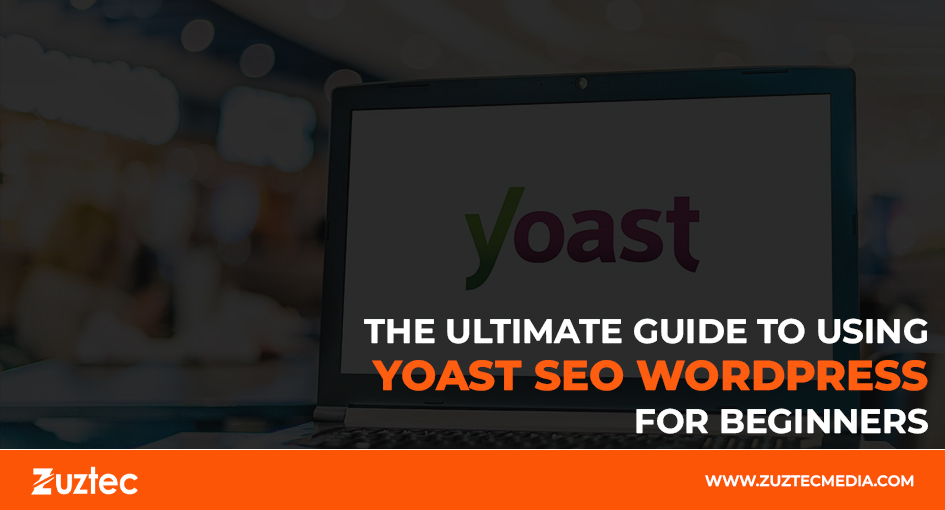
The Ultimate Guide to Using Yoast SEO WordPress for Beginners
In the competitive world of online content, optimizing your website for search engines is crucial to ensure visibility and drive traffic. For WordPress users, one of the most powerful tools available is Yoast SEO WordPress. This plugin has become a go-to solution for beginners and seasoned developers alike, offering a comprehensive suite of features designed to enhance your site’s SEO performance. With Yoast, you can easily optimize your content, manage keywords, and improve your website’s overall structure—all essential elements for achieving higher search engine rankings.
It simplifies the complex world of SEO, breaking it down into manageable tasks that anyone can understand. Whether you’re starting a blog, running a small business website, or creating an online portfolio, this plugin can help you optimize your site effectively. From crafting compelling meta descriptions to generating XML sitemaps, Yoast provides the tools necessary to enhance your site’s visibility.
This ultimate guide will walk you through the essential features of Yoast SEO WordPress, helping you navigate its functionalities with ease. We’ll cover everything from installation and setup to advanced tips for optimizing your content. This guide provides comprehensive guidance on using Yoast to enhance your site’s SEO, boost organic traffic, and establish a robust online presence, suitable for both beginners and experienced users.
Understanding Yoast SEO WordPress
It is an all-in-one SEO solution that simplifies the process of optimizing your site for search engines. It provides various features that cater to beginners and experienced users, making it easy to enhance your website’s visibility and performance. The plugin offers functionality for on-page optimization, including meta tags, keyword management, and readability checks. With a user-friendly interface, Yoast allows you to implement SEO best practices without requiring in-depth technical knowledge.
Once installed, you will notice a new Yoast SEO section in your WordPress dashboard. This section will guide you through the setup process, helping you configure essential settings such as your website’s name, the type of website you have, and your desired visibility preferences.
Key Features of Yoast SEO WordPress
- SEO Analysis
One of the standout features of Yoast SEO WordPress is its real-time SEO analysis. As you write or edit your posts, the plugin provides instant feedback on how well-optimized your content is. It checks for keyword usage, meta descriptions, and overall content quality, giving you actionable suggestions to improve your SEO efforts.
- Readability Check
Yoast assesses the readability of your text in addition to SEO. It assesses factors such as sentence length, paragraph structure, and use of transition words, helping you create content that is both engaging and easy to read. This is particularly important, as user experience plays a crucial role in SEO rankings.
- XML Sitemaps
Yoast SEO creates XML sitemaps for your website automatically, which facilitates search engines’ crawling and indexing of your content. Sitemaps help search engines understand the structure of your website, ensuring that all your pages are discoverable. With Yoast, you don’t have to worry about manually creating and submitting sitemaps.
- Social Media Integration
It allows you to optimize your content for social media platforms. You can set specific titles and descriptions for Facebook and Twitter, ensuring that your content is presented in the best possible way when shared. The reach and engagement of your material may be greatly increased using this functionality.
- Keyword Management
The plugin enables you to focus on specific keywords for each post or page. You can set a primary keyword, and Yoast will guide you on how to optimize your content around it. This focused approach ensures that your content ranks well for your chosen keywords, driving relevant traffic to your site.
Best Practices for Using Yoast SEO WordPress
To get the most out of it, consider implementing the following best practices:
- Utilize the Setup Wizard: When you first install the plugin, use the setup wizard to configure your settings correctly. This will help ensure that Yoast is tailored to your website’s needs.
- Optimize Each Post and Page: For every piece of content you create, use the Yoast SEO analysis tool to optimize your title, meta description, and keyword usage. Aim for a green light in the SEO and readability analysis for the best results.
- Update Your Content Frequently: SEO is a continuous process. Regularly update your existing content to keep it relevant and optimized for search engines. Use Yoast’s tools to refresh your posts and ensure they meet current SEO standards.
- Monitor Your SEO Performance: Keep track of your website’s performance through Google Analytics and the Yoast SEO dashboard. Analyzing your traffic and keyword rankings will help you understand what’s working and what needs improvement.
In the end, the impact of Yoast SEO WordPress on your website’s SEO cannot be overstated. By providing a user-friendly platform with powerful features, Yoast empowers beginners to implement effective SEO strategies without the need for extensive technical knowledge. By understanding and utilizing its tools, you can enhance your website’s visibility, attract more traffic, and ultimately achieve your online goals. Whether you are a blogger, small business owner, or content creator, Yoast SEO is an invaluable resource that can help you succeed in the digital world. With dedication and the right approach, you can leverage this powerful plugin to elevate your online presence and drive meaningful results.

